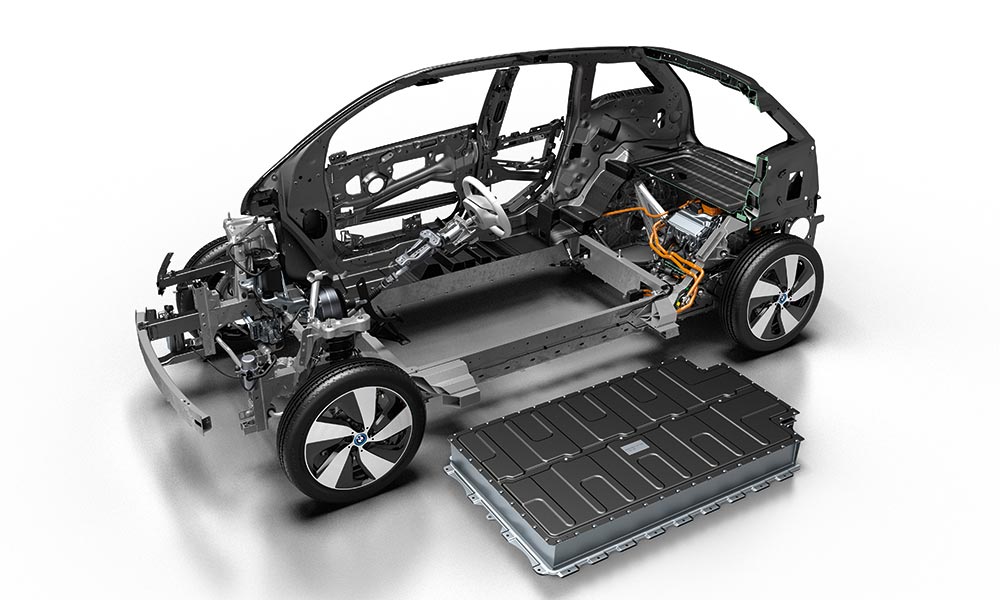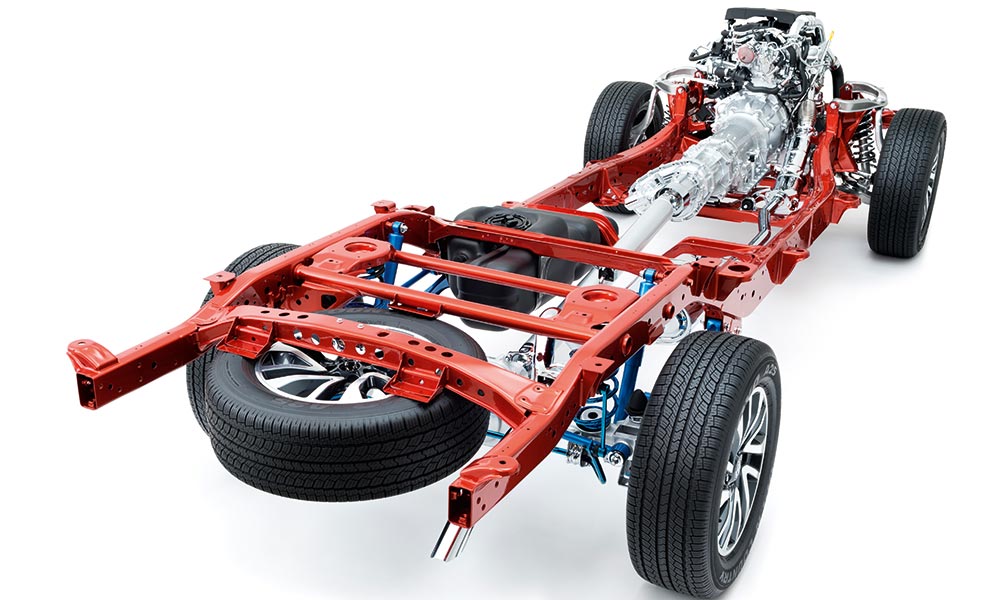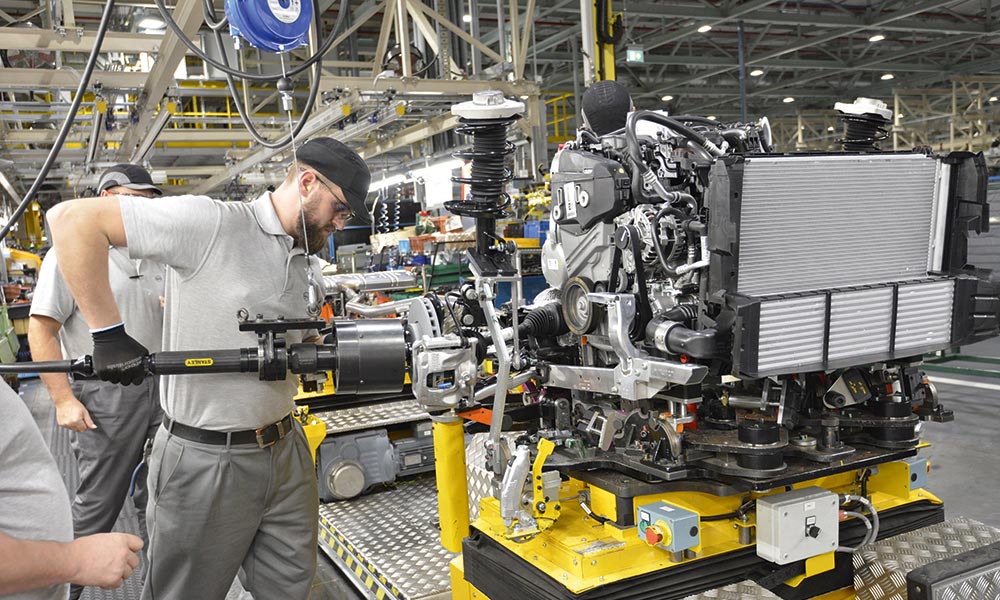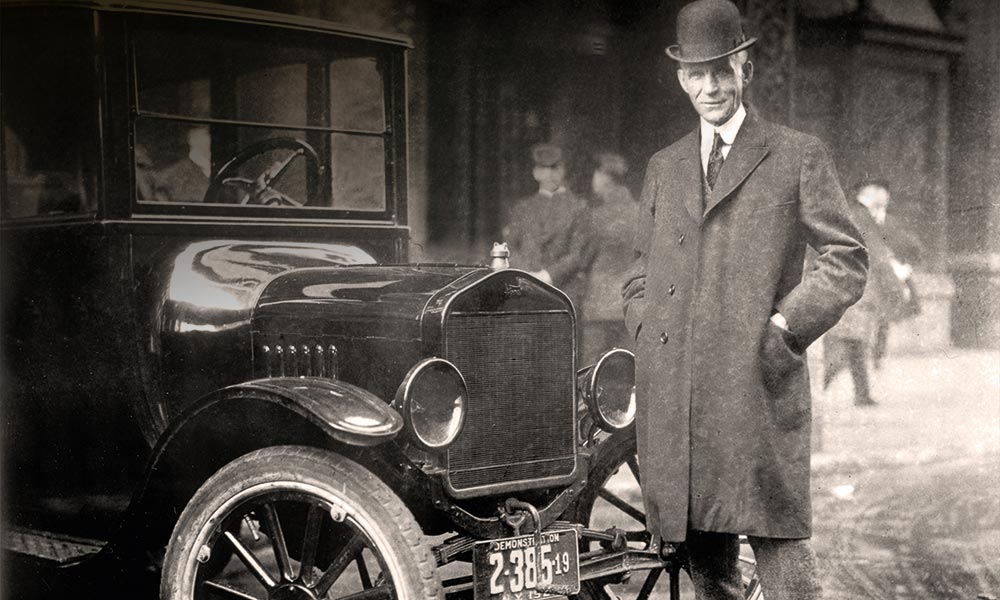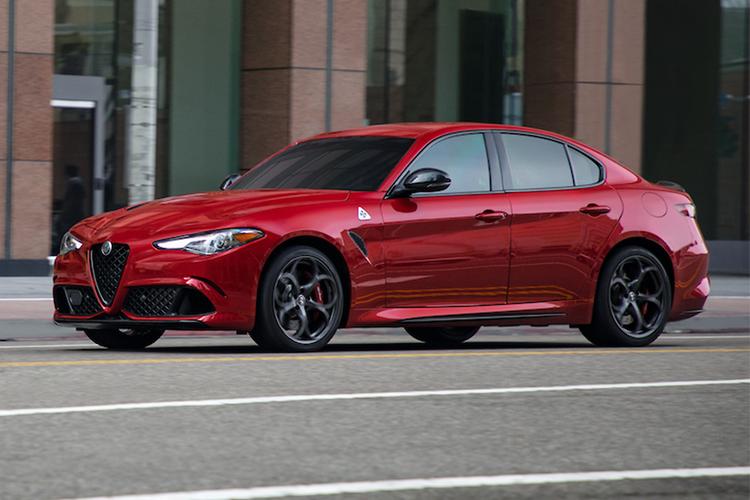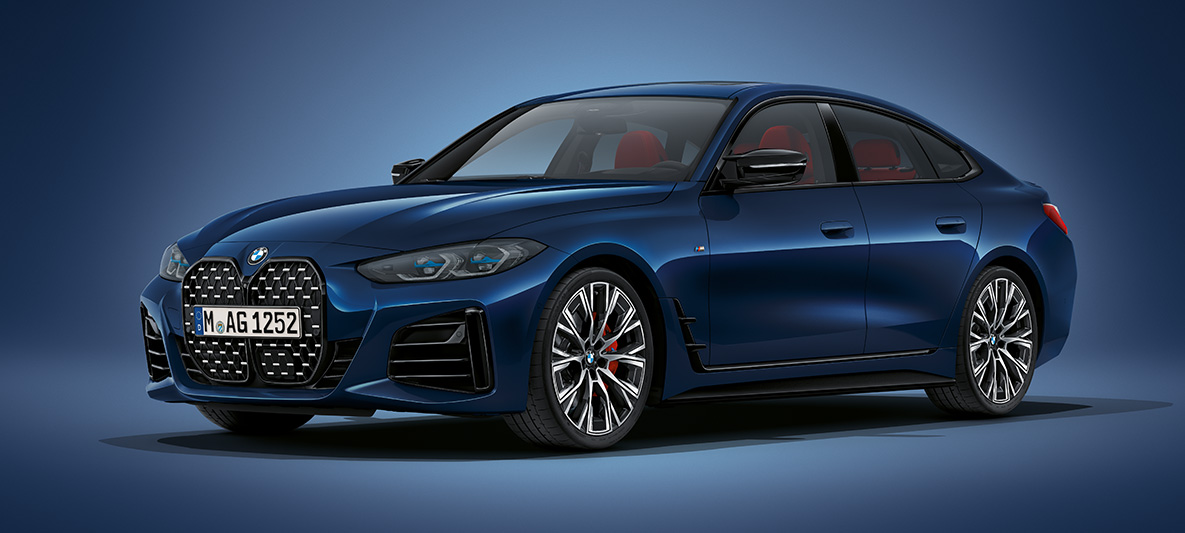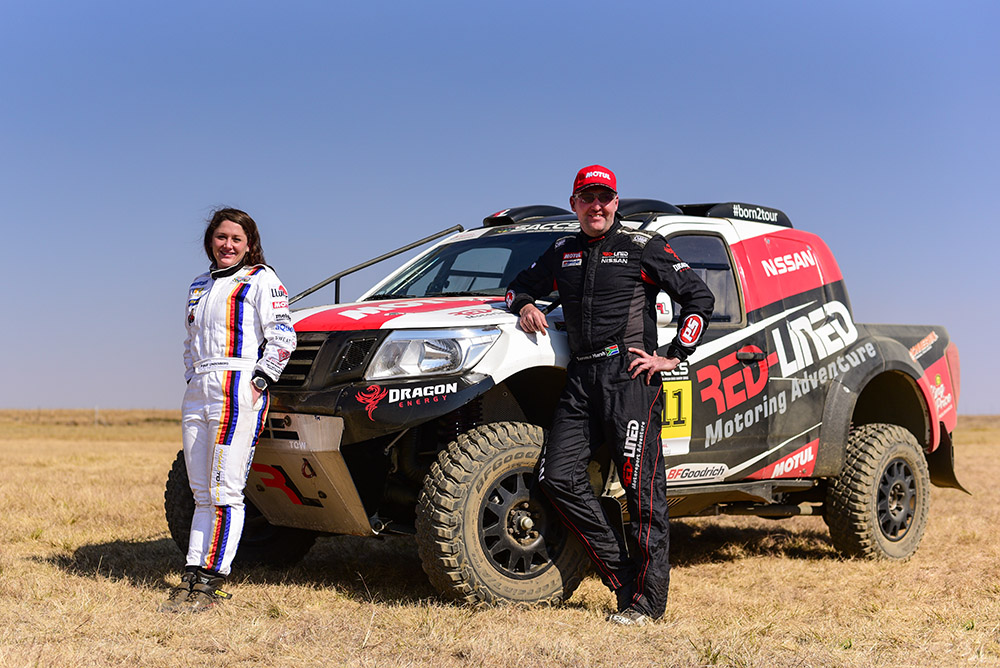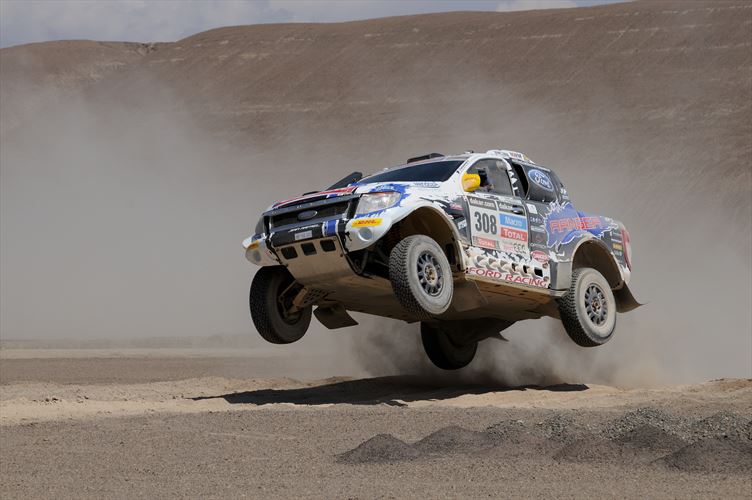The ladder-frame chassis and body-on-frame construction ensured that the automobile became more accessible to more people. These days, unibody and monocoque are the buzzwords when you talk modern SUV. So, are the days of the ladder frame chassis numbered? And what are the main differences between the various construction methods?
Karl Benz invented the internal combustion engine for commercial use. Then Henry Ford arrived on the scene and turned out to be the Steve Jobs of the car industry, introducing the factory line and revolutionising the way cars were manufactured, making cars cheaper and more accessible. Even the Ford employees assembling the Model T could afford it. There are few factories open today that can boast the same. One of the main reasons the Model T was so cheap to build was its body-on-frame design, which has all but disappeared in the last few years, except in the world of 4×4s and SUVs. You may have heard your neighbour boasting about his car’s monocoque, and how it’s superior to the ladder-frame chassis. No, he wasn’t swearing, but simply pointing out the difference between cars with a body bolted on top and cars with a body that forms part of the overall structure.
Let’s look at the difference between the two more closely, starting with the ladder frame chassis.
Ladder frame
This term is widely used when it comes to vehicles that are mounted on a separate frame. It’s also referred to as a body-on-frame. It gets the ladder in its name from the way it looks. The frame consists of two long, heavy beams of steel, held together by two shorter pieces. The reason it proved so popular, even to this day in certain circles, is its simplicity. A ladder frame is easy to design, build and can be used in multiple applications with minimal modification. Vehicles with a ladder frame are easier to assemble, which means a manufacturer can charge less for them. Ladder frames also have their downside. Often however, certainly in the 4×4 community, these ‘negatives’ can be viewed as positive. This is the reason you’ll still find ladder frame vehicles in the bakkie and SUV segment.
The construction is heavier, which can be viewed as both good and bad – good for towing and durability, bad for fuel economy because of the extra weight. A ladder frame is tough and great for carrying heavy loads for an extended period. A ladder frame vehicle sits higher off the ground. This makes it susceptible to torsional flexing, otherwise known as leaning through the corners. One can understand why this would be a problem in a sedan and why it doesn’t really matter on a bakkie.
But let’s get back to simplicity. The ladder frame is basically used as a mounting point for the engine, body and suspension. From this we can surmise the benefits of having a ladder frame on a proper 4×4. It sits higher off the ground and wheel articulation is often much better due to the way the suspension is mounted. Those who use their 4×4s for off-roading will appreciate the lower repair bills when the vehicle is damaged. Because the chassis and body are two separate objects, they can be fixed independently. In summary, ladder frames are tough, more suited to off-roaders thanks to major components being mounted higher, and easier to fix when you get it wrong. One can see why it’s still the preferred method for proper 4×4s.
The age of CAD and unibody
Just like everything else, the world of cars was drastically changed once computers came into play. The ladder frame lasted so long for one reason – it was the only way the manufacturers knew how to build a car. But once computer aided design (CAD) was introduced, everything changed. Manufacturers could get more creative with a car’s basic structure, which meant there was no longer a need to have a separate chassis and body. With the help of computers, these two things were forged together into one singular object known as a unibody, or monocoque. The other sections of the vehicle are then bolted to this unibody as needed. For obvious reasons, many manufacturers soon traded in their ladder-frame designs for one of these.
The loss of a heavy ladder frame is the biggest advantage, as it drastically reduces fuel consumption and improves performance. The higher structural rigidity also improves dynamic prowess, making it the perfect solution for the average SUV or crossover. A unibody design is also much better in the safety department. It absorbs energy much better to start with, and the various sections that are bolted to the main unibody can be designed to further improve on this. The disadvantages are fairly easy to spot. Compared to a ladder frame, a unibody is less resistant to flexing. It also costs a lot more to repair, especially when a part of the main unibody structure is damaged.
Which is better?
There are those hardcore 4×4s that will stick to the ladder frame method as it represents the best solution for the intended purposes. The same is true of a unibody construction. It’s a bit like comparing a Hilux double-cab with a Jaguar F-Pace. At some point in the future, the ladder frame will probably cease to exist, but not just yet. A few highly capable off-roaders, like the Jeep Grand Cherokee and Mercedes-Benz GLS, already make use of unibody construction. Honda also proved that it’s possible to build a bakkie using this method to great effect. Its Ridgeline double-cab maintains the structural rigidity and load carrying capabilities of its predecessors without making any sacrifices in terms of weight and safety.
The next Land Rover Discovery will likely drop the ladder frame in favour of this method, but it’s an unlikely solution for the next Defender, if Land Rover intends to build on the legendary model’s load carrying and off-roading capability. Time will tell.
Text: Gerhard Horn
